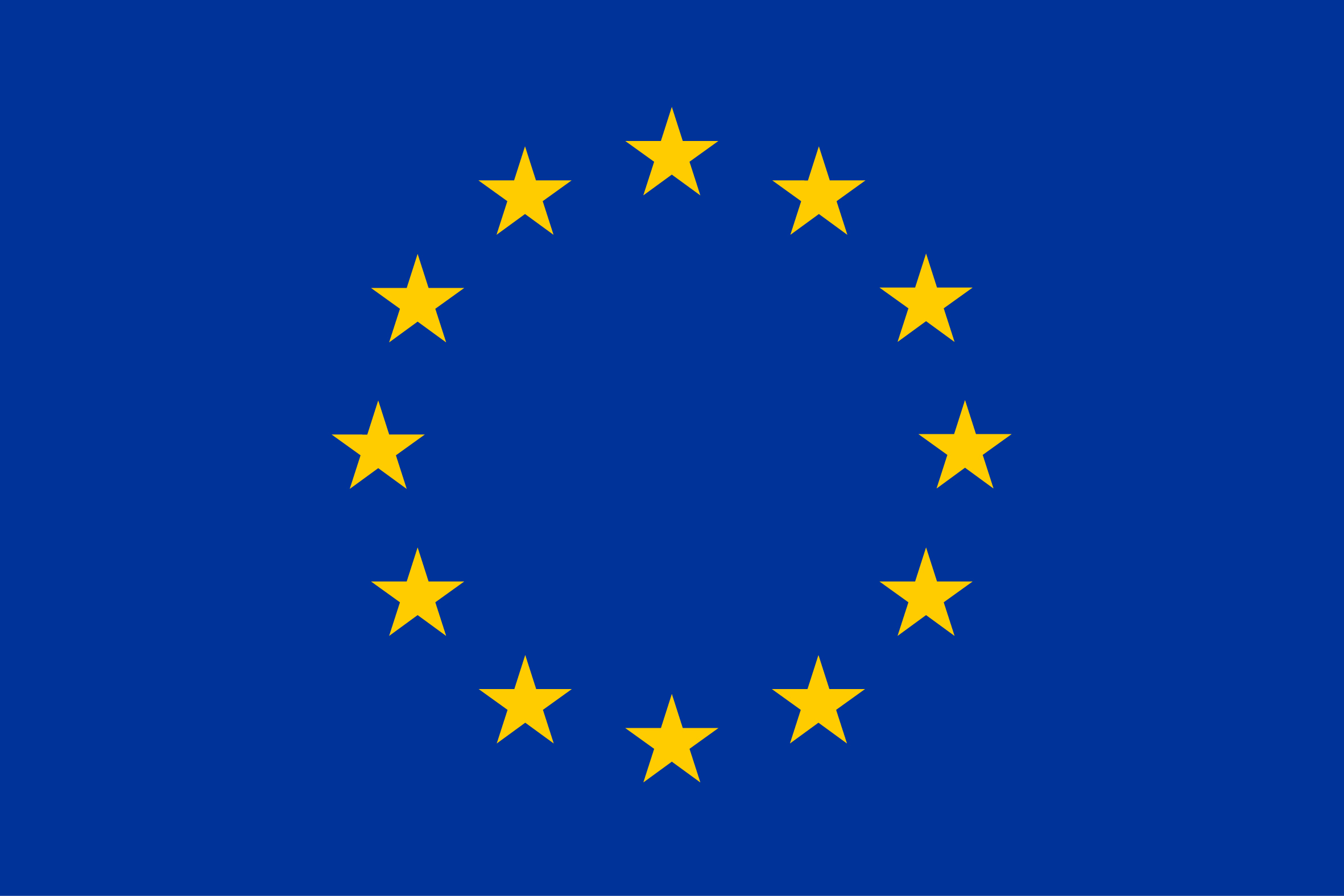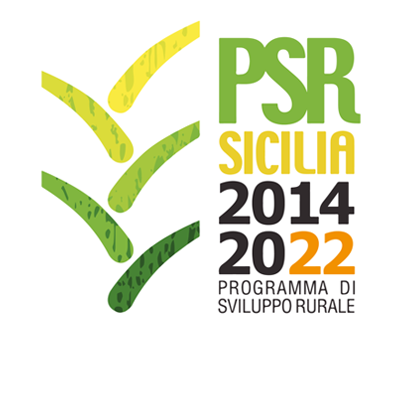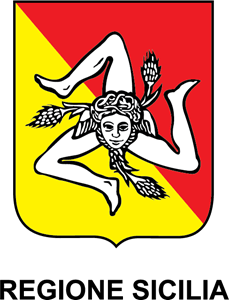Karagouniko
Country
Specie
ISO3
GRC
Year
2017
Trend
stable
Population min
150000
Population max
150000
Population figured based on
census at breed level
Breeding male
6000
Breeding female
120000
Females registered in herdbooks
4225
Females bred pure
70
Herds size (avg)
87
AI used
Yes
Male in AI
8
In situ conservation programmes in place
No
Reliability
reliable
Geographical classification
Local
Kalarritiko
Country
Specie
ISO3
GRC
Year
2021
Trend
increasing
Population min
8183
Population max
8683
Population figured based on
census at breed level
Breeding male
507
Breeding female
7685
Females registered in herdbooks
7685
Females bred pure
100
Herds
31
Herds size (avg)
280
AI used
no
In situ conservation programmes in place
yes
Reliability
reliable
Geographical classification
Local
Kalarritiko
Country
Specie
ISO3
GRC
Year
2020
Trend
increasing
Population min
7949
Population max
8449
Population figured based on
census at breed level
Breeding male
506
Breeding female
7692
Females registered in herdbooks
7692
Females bred pure
100
Herds
30
Herds size (avg)
282
Male in AI
0
In situ conservation programmes in place
yes
Reliability
reliable
Geographical classification
Local
Kalarritiko
Country
Specie
ISO3
GRC
Year
2019
Trend
increasing
Population min
7321
Population max
7821
Population figured based on
census at breed level
Breeding male
422
Breeding female
5287
Females registered in herdbooks
5287
Females bred pure
100
Herds
30
Herds size (avg)
235
AI used
no
In situ conservation programmes in place
yes
Reliability
reliable
Geographical classification
Local
Kalarritiko
Country
Specie
ISO3
GRC
Year
2017
Trend
increasing
Population min
6883
Population max
6883
Population figured based on
census at breed level
Breeding male
254
Breeding female
6529
Females registered in herdbooks
6529
Females bred pure
100
Herds
24
Herds size (avg)
320
AI used
No
Male in AI
0
Reliability
reliable
Geographical classification
Local
Frizarta
Country
Specie
ISO3
GRC
Year
2021
Trend
stable
Population min
55000
Population max
60000
Population figured based on
census at breed level
Breeding male
2158
Breeding female
53220
Females registered in herdbooks
8220
Females bred pure
100
Herds
53
Herds size (avg)
162
AI used
yes
Male in AI
8
In situ conservation programmes in place
no
Reliability
very reliable
Geographical classification
Local
Frizarta
Country
Specie
ISO3
GRC
Year
2020
Trend
stable
Population min
55000
Population max
60000
Population figured based on
census at breed level
Breeding male
2158
Breeding female
53220
Females registered in herdbooks
8220
Females bred pure
100
Herds
53
Herds size (avg)
162
AI used
yes
Male in AI
8
In situ conservation programmes in place
no
Reliability
very reliable
Geographical classification
Local
Frizarta
Country
Specie
ISO3
GRC
Year
2019
Trend
stable
Population min
55000
Population max
60000
Population figured based on
census at breed level
Breeding male
455
Breeding female
8962
Females registered in herdbooks
8962
Females bred pure
100
Herds
57
Herds size (avg)
165
AI used
yes
Male in AI
10
In situ conservation programmes in place
no
Reliability
very reliable
Geographical classification
Local
Frizarta
Country
Specie
ISO3
GRC
Year
2017
Trend
increasing
Population min
14014
Population max
15014
Population figured based on
census at breed level
Breeding female
9094
Females registered in herdbooks
8924
Females bred pure
100
Herds
60
Herds size (avg)
155
AI used
Yes
Male in AI
11
Reliability
reliable
Geographical classification
Local
Florina
Country
Specie
ISO3
GRC
Year
2021
Trend
increasing
Population min
2010
Population max
2010
Population figured based on
census at breed level
Breeding male
101
Breeding female
1800
Females registered in herdbooks
1800
Females bred pure
100
Herds
20
Herds size (avg)
190
AI used
yes
Male in AI
3
In situ conservation programmes in place
yes
Reliability
very reliable
Geographical classification
Local




